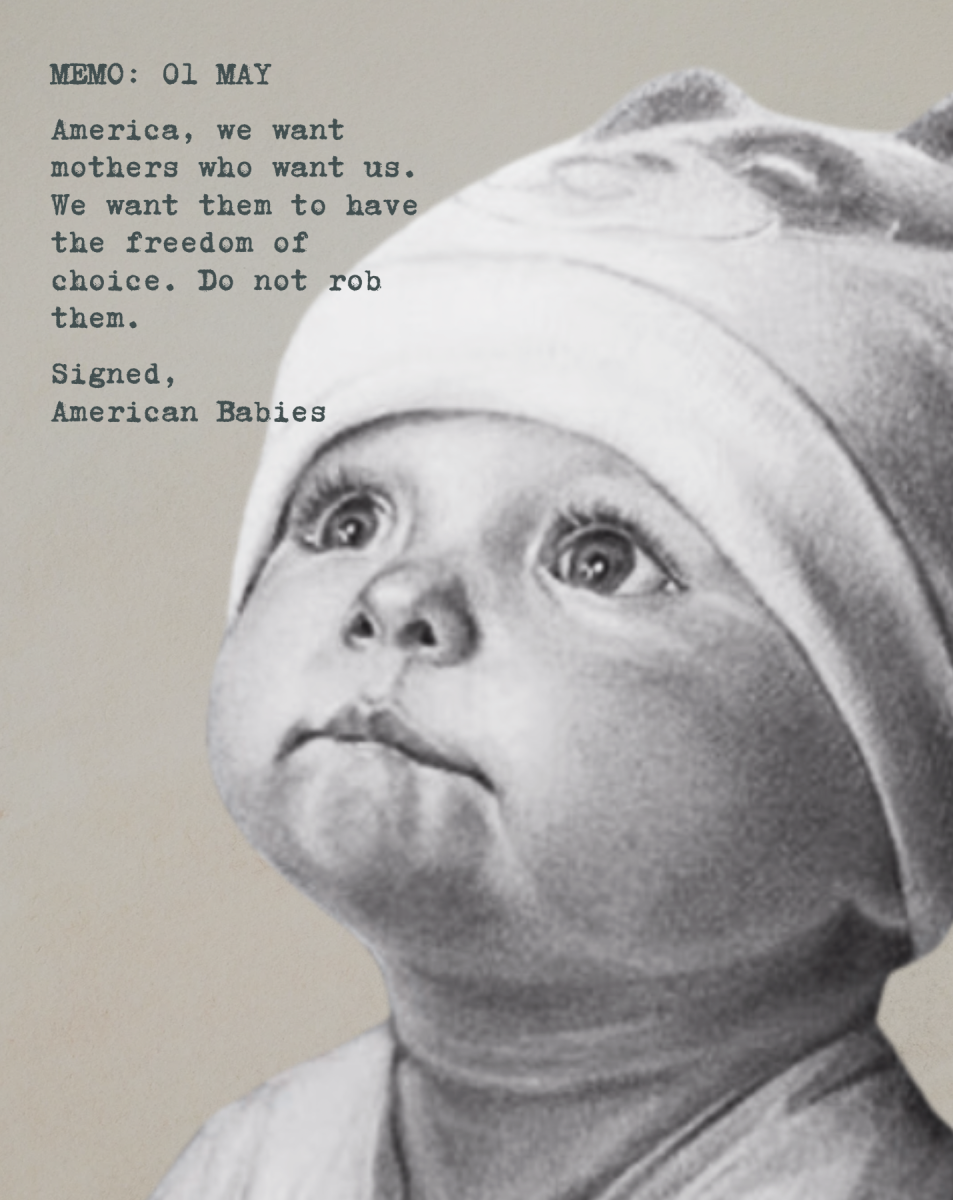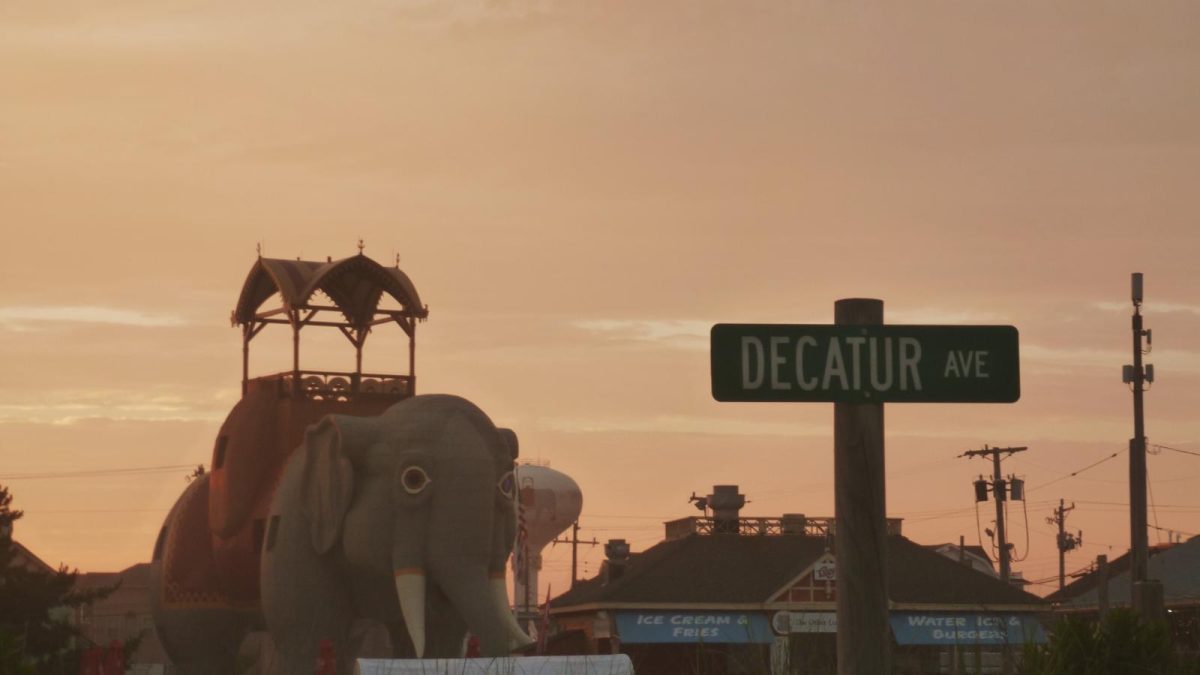With eleven skateboarding games, the first released in 1999, Tony Hawk and his ever-expanding series of awesome skating games are known and played by virtually everyone born in the last 25 years. With a new game being released each year since “Tony Hawk’s Pro Skater” was gifted to us by the video game Gods (and the developers at Neversoft and Activision), it is hard to judge which masterpiece is the best of the series. Ironically, it is easy to judge that the most recent installment, 2010’s “Tony Hawk: Shred”, is the worst, as it was panned critically and only sold an extremely dismal 3,000 copies in the US in its first month. With so many great games, the debate for champion of the franchise could go on and on. That said, “Tony Hawk’s Underground,” released in 2003, deserves recognition as the best volume of the Tony Hawk games, if not as one of the best video games of all time.
What separates Underground from all the other games in the Tony Hawk series is the incredible storyline. In the four games that preceded Underground, there was a Career Mode, where players would complete missions on different levels, but with no real rhyme or reason. In Underground, gamers start by creating a character for Story Mode. The extensiveness of options for creation is amazing, especially for the game’s time, with a huge amount of customizable options and even a feature that let Playstation 2 owners upload a picture of their face onto a skater. Once the character is created, the game opens up in a fitting depiction of New Jersey, complete with slums and exposed sewer lines. The main goal is to get a train ticket to New York City, which is basically the goal of every New Jersey teenager. In New Jersey, the gamer is introduced to Eric Sparrow, perhaps the most annoying and hate-inspiring antagonist of any video game — ever.
Sparrow’s antics have the player running around to bail him out of trouble in many situations, from getting in trouble with the law in Tampa to sneaking out of Mosgow after Sparrow drunkenly steals a tank. As a “thank you,” Sparrow is the worst friend ever, stealing the credit for jumping over a helicopter in Hawaii (one of the climaxes of the game) and “forgetting” to sign the player up for multiple competitions. The most gratifying part of the game is when the player beats Eric one last time in New Jersey and gets to knock him out with a punch to the face.
The levels in Story Mode themselves are surprisingly expansive, with many fun things to do and varied challenges, as opposed to every goal being “collect S-K-A-T-E” or “score 1,000,000 points.” The storyline is often hilarious, but is real enough to keep the player interested in continuing. The setup of each level is different, with some levels like Manhattan being street-based with places to grind and stairs to jump, and levels like Slam City Jam, where the entire level is a vert-dominant skate park. Decisions like picking a shoe and board sponsor after a win keep the game fresh and exciting, with each sponsorship choice changing the storyline of the game.
Underground also introduces features that still remain in skating games today. Along with an expanded trick library, the main improvement is the ability for a skater to get off of the board. Walking around may seem like a small change, but it’s huge: imagine how unrealistic the game would be if you couldn’t walk around! An amusing but short-lived addition was the ability to drive certain vehicles in each level. Although this feature was clunky and was not included in any newer renditions of the game, there is something oddly gratifying about driving a pick-up truck in a half-pipe and crashing through glass in a leaf-blower.
Underground’s creation element was another feature that made it great. Setting the stage for every skate game after it, Underground made the create-a-skater applicable to the story mode, improved the create-a-park mode and introduced create-a-board and create-a-trick.
After playing most video games for a few hours, the soundtrack starts to irritate you with its shallow repetition, lack of variety or just general awfulness of the songs. Not so in Underground, though, as it flaunts one of the greatest soundtracks of any game. With over 75 different songs, categorized in “Rap/Hip-Hop”, “Punk” or “Rock/Other,” the mix of tracks almost never seems to get old. With the ability to turn off a full category of songs, players have the option to listen to whatever they want. As far as the quality of the songs, there are very few tracks that are completely unlistenable, while another skate game might have a 25-song soundtrack with only 15 songs that don’t make the listener go insane.
But despite so many great aspects, Underground goes relatively unnoticed.
In 2007, EA released “Skate,” a much more realistic game, in which the goal was not to get a million points by doing three back flips in a row, effectively changing the dynamic of skating games and ruining the reputation of Tony Hawk games. As this happened, more and more focus was put on the obviously superior Skate series at the expense of the respect for the history of skating games. While it may seem ridiculous now for a gamer to hop over a helicopter from the roof of a hotel in Hawaii or grind around in a circle for five minutes non-stop, Underground is still an enjoyable game that deserves to be hailed as one of the best of all time.





